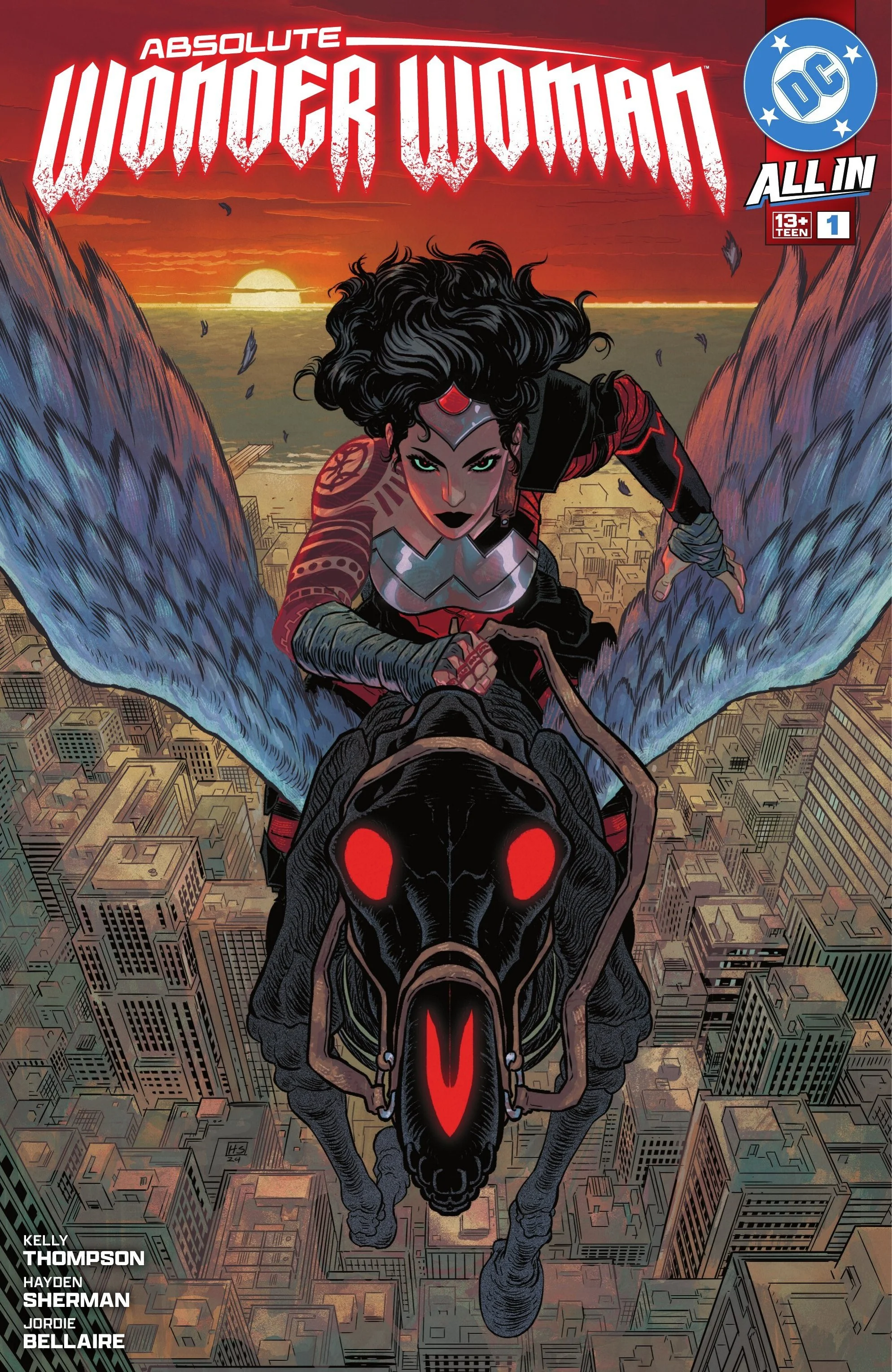Universal Monsters Frankenstein #3 // Review
Robert loves Elizabeth. Elizabeth loves Henry. Henry’s a monster, but neither Robert or Elizabeth could possibly know what’s going on in the mind of Henry. He’s battling demons deep within his own psyche. He may never know the love of Elizabeth, but Robert’s heart will soon have a deep impact on Elizabeth’s life in Universal Monsters Frankenstein #3. Having explored the brain and the hands of the monster in the first couple of issues of the series, writer/artist Michael Walsh and colorist Toni-Marie Griffin explore the origin of the monster’s heart in another remarkably crisp and vivid foray into shadowy storytelling in the periphery of one of the most influential horror films of all time.
Elizabeth had just left when someone approached Robert from behind with a large blunt instrument. Death appears to have been more or les instantaneous. Robert’s heart would have been quite fresh at the time of death, but it would have been fresh from expressing Robert’s unrequited love for Elizabeth. It was only to be a matter of time before the longing within the heart would come to animate the monster that Elizabeth’s love had created in a mad pursuit of creating life with the artifacts of death.
Walsh cleverly constructs the concerns of the heart in the margins of the 1931 classic. Elizabeth’s love for Henry is right at the center of a story that features some of the rest of the peripheral action that has appeared in the first two issues of an increasingly engrossing series. The monster itself makes a bit more prominent an appearance in this issue than it had in the prior issues. The forward motion of the action from the film marches ahead as the anatomy of the monster continues to be explored in great depth and detail.
Walsh captures the beauty of a young Mae Clark as he captures the subtle complexity of Elizabeth’s inner struggle is cleverly written across her face with some remarkably well-framed panels and pages in and around the edges of everything. Griffin’s colors run a delicate line between over-rendering the color and respecting the black-and-white cinematic work in which the series is based. Brighter, warmer color tends to occasionally shock its way through an issue dedicated to matters of the heart...but for the most part, the gentle sepia of the visuals continues to enhance the ephemeral moments of drama that Walsh is bringing to the page.
The next issue explores the origin of the monster’s eyes. It will be interesting to see how Walsh frames the sight of a conflicted creature that has been drawn together by various people suffering from various issues that cut right to the core of who they are. Walsh’s work really delivers a breathtaking look at the background of the film that’s based on Shelly’s work...expanding it and illuminating it in ways the bring a bit more definition to the Universal film as an accomplished work in and of itself. Walsh is giving the film a bit more of its own place as a clear and distinctive work by exploring the edges of a story from the dawn of popular cinema.









